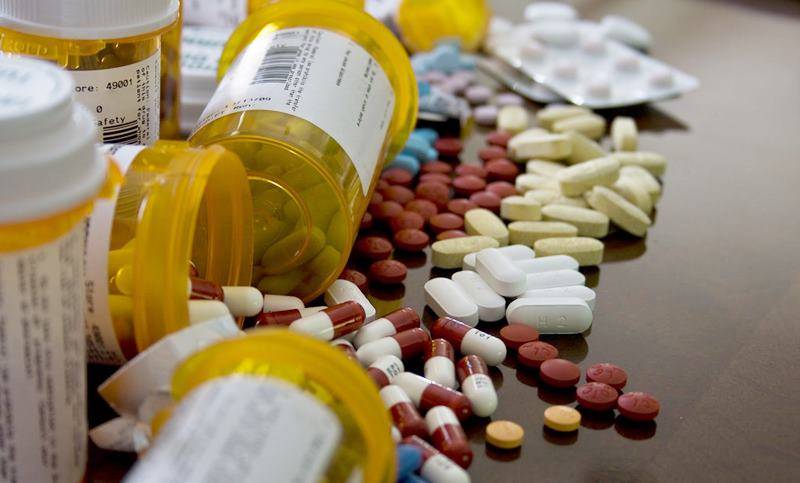Environment ministry quashes limits for discharge of antibiotic residue in water bodies
The decision to drop the limits for antibiotic residue in the effluents from pharmaceutical industry was made even as the menace of antimicrobial resistance is being warned against by the public health experts in India.


The new rules instead mention that all the effluents shall simply be classified as 'hazardous waste' and will come into effect within a year from now.
In its latest set of rules notified by the Union Ministry of Environment, Forest and Climate Change on August 6, the limits specifying the discharge of antibiotic effluents and residue have been removed.
The notification titled ‘Environment (Protection) Second Amendment Rules, 2021’ no longer mentions antibiotic pollution in the Environment (Protection) Rules, 1986 which essentially means that there is no specification in the ministry’s rules when it comes to the handling of antibiotic residue released into the water bodies by the pharmaceutical industry in India.
In its draft notification of the environment policy released on January 23, 2021, the ministry had invited the citizens to draw objections or contribute suggestions.

In the draft which was open to suggestions/objections, the ministry had included a total of 121 antibiotics under the title ‘Antibiotic Residues in the treated effluent of Bulk Drug and Formulation Industry and CETP with membership of Bulk Drug and fonnulation Units‘.
As per this draft, if the levels of the antibiotics in the effluents were found above the permissible limits, legal action was supposed to be taken against the defaulting pharma unit.
The draft notification was widely appreciated by the environmental activists and health experts for addressing the menace of antimicrobial resistance in the country.
Almost seven months later, the draft rules released in an official gazette on August 6 do not mention the presence of antibiotics in the effluents released by the pharmaceutical plants. Instead, they mention that all the effluents shall simply be classified as ‘hazardous waste’ and will come into effect within a year from now.
Also Read: Antimicrobial resistance could possibly become next public health crisis, say experts
The decision to drop the limits was made even as the menace of antimicrobial resistance is being widely highlighted by the experts in India.
Antibiotic resistance dangerous for public health
In a column published in Gaon Connection on July 8, 2021, Bishwanath Prasad Singh, general secretary of the Veterans Forum for Transparency in Public Life opined that pharmaceutical hubs in the country are becoming a source of environmental pollution as they release effluents heavily loaded with antibiotic residue that degrade water and soil, and also affect human health.
Also Read: The growing menace of antibiotic pollution by pharma hubs needs urgent attention
“High antibiotic residue in the water bodies mutates the structure of the microbes. The antibiotics which could once treat these microbes have little or no effect on their mutated variants. This condition, known as antimicrobial resistance (AMR), is already seen as an imminent public health emergency,” he wrote.

On July 29, Gaon Connection also reported on a white paper released by public health experts who argued that the threat posed by the indiscriminate use of antibiotic medications can possibly worsen the health emergencies such as COVID19 and impede the efforts aimed at eradicating diseases like tuberculosis.
Nirmal Kumar Ganguly, former Director General, Indian Council of Medical Research (ICMR) and the lead author of the white paper said, “AMR (antimicrobial resistance) is a bigger threat than COVID-19, we need harmonized on-ground action on human, animal, and environmental fronts to prevent its escalation into a public health emergency. India and many low and middle-income countries are already seeing a surge in drug resistance, even in common infections”.

